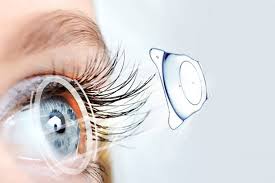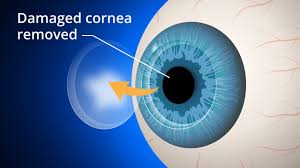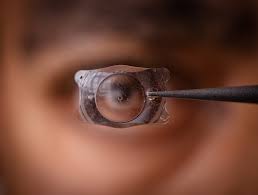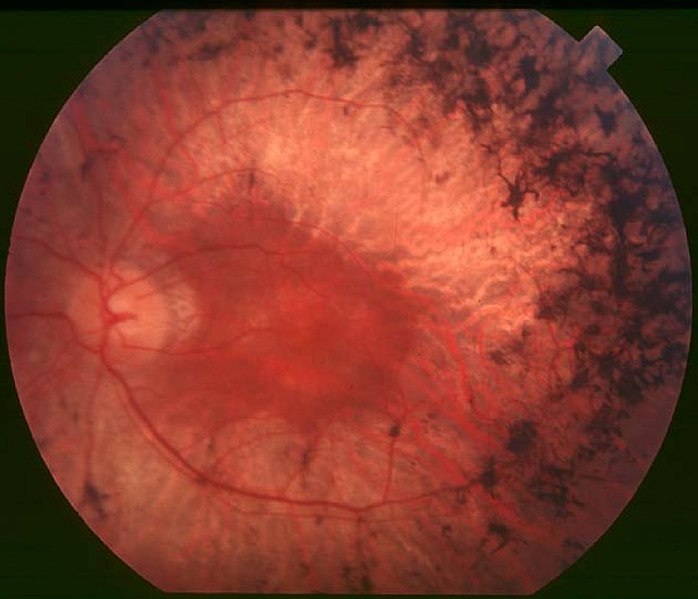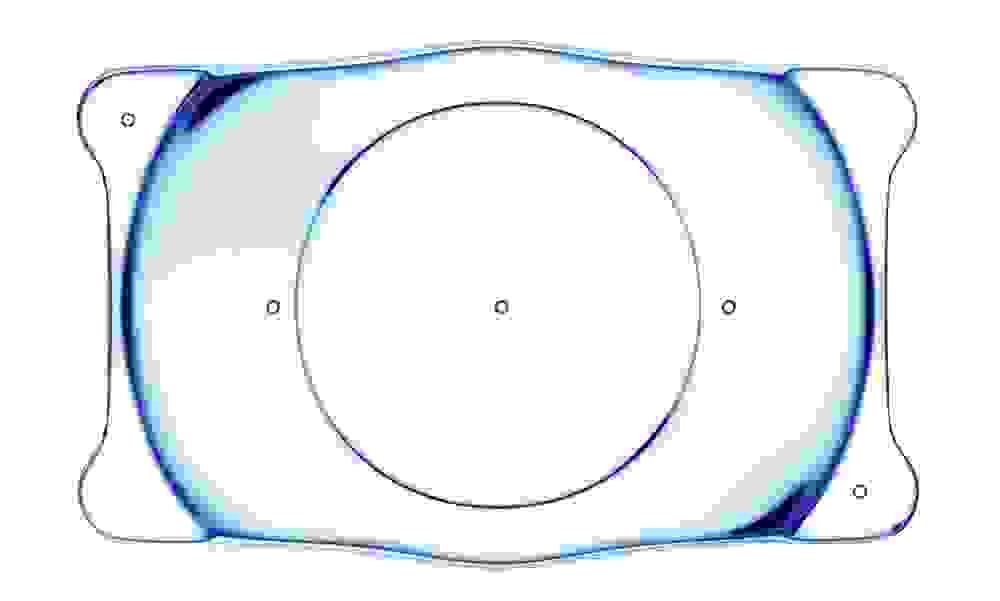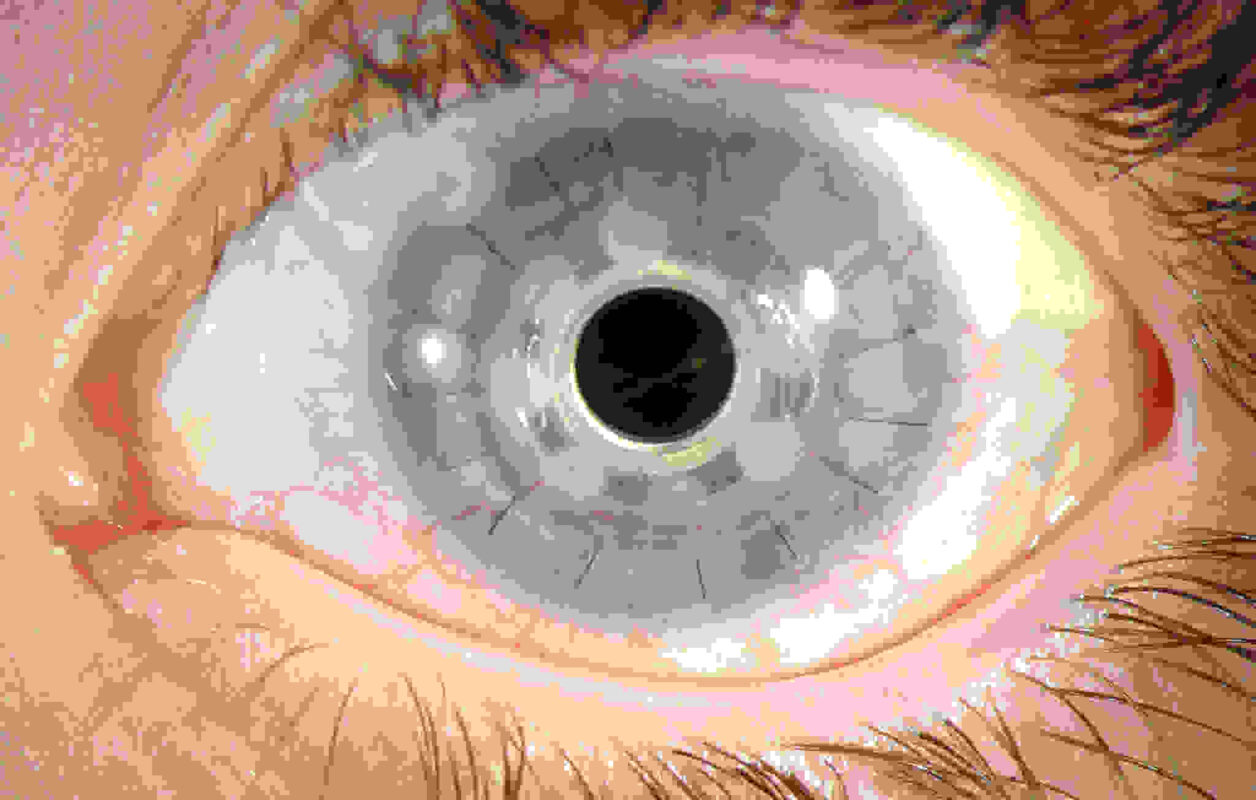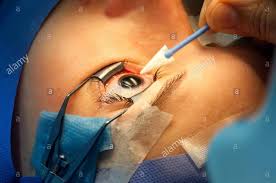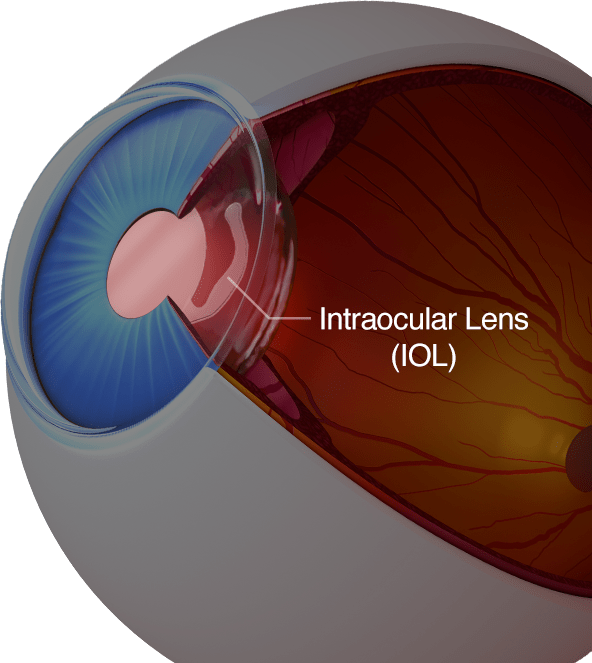Introduction
Many of us dream of a life without the hassle of glasses or contact lenses. Whether it’s the constant fogging up, the discomfort, or simply the desire for better vision, eye surgery offers a promising solution to get rid of glasses once and for all. But with multiple options available, how do you choose the right one? In this article, we’ll dive into everything you need to know about eye operation to remove glasses.
Understanding the Need for Eye Surgery
Eye surgery to remove glasses isn’t just about aesthetics—it’s about improving vision quality. Glasses can often be a temporary fix to more severe vision problems such as nearsightedness (myopia), farsightedness (hyperopia), astigmatism, or presbyopia. Many people find themselves increasingly dependent on glasses or contacts, which is why surgery becomes an appealing option for permanent correction.
Some individuals are simply tired of the inconvenience of glasses, while others may have medical reasons, like dry eyes or an inability to wear contacts, that push them toward surgical solutions for eye operation to remove glasses.

Types of Eye Surgery to Remove Glasses
Several types of eye surgeries have emerged over the years, each with its own unique method of correcting vision. The most popular options include:
- LASIK (Laser-Assisted in Situ Keratomileusis): This is the most well-known type of vision correction surgery. It involves reshaping the cornea to improve the focus of light entering the eye.
- PRK (Photorefractive Keratectomy): A similar technique to LASIK but without creating a corneal flap. Instead, the outer layer of the cornea is removed to allow the laser to reshape the underlying tissue.
- SMILE (Small Incision Lenticule Extraction): A newer, minimally invasive procedure, SMILE uses a laser to remove a small piece of tissue from the cornea to reshape it.
How LASIK Surgery Works
LASIK is the most popular eye surgery to remove glasses and improve vision. The procedure involves using a laser to reshape the cornea, which helps the light entering the eye to focus correctly onto the retina. The steps involved in LASIK surgery are:
- Preparation: Eye drops numb the eye, and a suction ring holds it in place.
- Flap Creation: A microkeratome or femtosecond laser creates a thin flap in the cornea.
- Laser Reshaping: The laser reshapes the underlying corneal tissue to correct the refractive error.
- Flap Repositioning: The flap is placed back into position, and the eye begins to heal.
Benefits of LASIK Surgery:
- Quick recovery with minimal discomfort
- High success rate (over 95% of patients achieve 20/25 vision or better)
- Long-term vision improvement
Is LASIK Right for Everyone? While LASIK offers incredible benefits, not everyone is a suitable candidate. Patients with severe refractive errors, thin corneas, or certain health conditions may need to explore other options.
Understanding PRK Surgery to eye operation to remove glasses:
PRK is a type of laser eye surgery that’s similar to LASIK but works differently. Instead of creating a corneal flap, PRK removes the outer layer of the cornea (epithelium), allowing the laser to reshape the underlying tissue. Over time, the epithelium naturally regenerates.
Pros of PRK:
- Ideal for people with thin corneas
- Fewer risks of flap-related complications
Cons of PRK:
- Longer recovery time compared to LASIK
- Increased discomfort during the first few days post-surgery
SMILE Surgery Explained
SMILE is a newer, minimally invasive alternative to LASIK and PRK. In this procedure, a femtosecond laser creates a small lenticule (a disc-shaped piece of tissue) within the cornea, which is then removed through a small incision.
Benefits of SMILE:
- No need for a corneal flap, reducing the risk of flap-related complications
- Less dry eye risk compared to LASIK
- Faster recovery time
Choosing the Right Surgery for You
Choosing the right surgery depends on various factors, including your eye health, lifestyle, and personal preferences. A consultation with a qualified ophthalmologist is necessary to determine the best option. Your eye surgeon will evaluate your vision, eye structure, and health history to recommend the right surgery.
What to Expect During the Surgery
On the day of your surgery, the process is straightforward. You’ll receive numbing eye drops, and the surgeon will carefully perform the procedure. Most surgeries are completed in under 30 minutes, and you can go home the same day.
Recovery After Eye Surgery
Recovery times vary, but most people experience mild discomfort for a few hours to a day after LASIK or SMILE. PRK, however, can take a few days to weeks for full recovery. During recovery, it’s essential to follow your doctor’s instructions to minimize the risk of complications and ensure optimal healing.
Long-term Results of Eye Surgery
The results of LASIK, PRK, and SMILE are often permanent, though some individuals may need a touch-up surgery years later. Regular eye exams are essential to monitor the health of your eyes and ensure the best long-term vision outcomes.
Costs of Eye Surgery to Remove Glasses
The cost of eye surgery can range from $2,000 to $3,000 per eye, depending on the procedure and your location. It’s important to check whether your insurance covers vision correction surgery or if financing options are available.
Is Eye Surgery Safe?
Eye surgeries like LASIK, PRK, and SMILE have a high success rate and are generally safe. However, like any surgical procedure, there are risks, including dry eyes, infection, or under-correction. These risks are low but should be considered before proceeding.
The Benefits of Removing Glasses Through Surgery
- Improved Lifestyle: No more glasses fogging up or contacts causing irritation.
- Convenience: Enjoy sports, swimming, and other activities without worrying about your glasses.
- Increased Confidence: A clearer vision without the need for glasses can boost your self-esteem.
Who Is a Good Candidate for Eye Surgery?
Ideal candidates are generally over the age of 18, have stable vision, and have no significant eye conditions like cataracts or glaucoma. Your ophthalmologist will perform a thorough examination to determine if you’re a good candidate.
Conclusion:
Eye surgery to remove glasses offers a life-changing opportunity for those tired of relying on corrective lenses. With procedures like LASIK, PRK, and SMILE, the technology is more advanced than ever. By choosing the right surgery for your needs and working with an experienced surgeon, you can enjoy clear, glasses-free vision for years to come.
FAQs:
- Is LASIK surgery safe? Yes, LASIK surgery is considered safe with a high success rate, though risks such as dry eyes and under-correction can occur.
- How long does the recovery take after LASIK surgery? Recovery from LASIK surgery is generally quick, with most patients experiencing significant improvement within a few days.
- Can I get LASIK surgery if I have astigmatism? Yes, LASIK surgery can treat astigmatism in addition to nearsightedness and farsightedness.
- Is eye surgery to remove glasses covered by insurance? Many insurance plans do not cover elective vision correction surgery, but financing options are often available.
- Can I wear makeup after eye surgery? After surgery, it’s important to avoid putting makeup near your eyes for at least a week to prevent infection.


